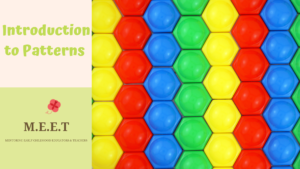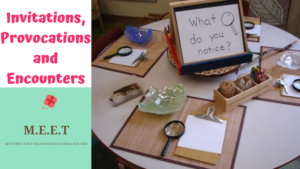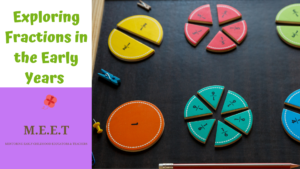Description
Exploring Position in Space
Geometry is made up of two major components. One is exploring shapes, where children learn about, for example, that triangles must have three straight sides and three angles, but the angles could be narrow or wide, and the triangles may be tall or short, or any colour and tilted in any of way but it would still be a triangle.
In recent years there has been an increasing amount of research that suggests children’s early spatial thinking predicts their mathematical achievement and comprehension.
Recent research has also shown that young children’s spatial rather than numerical abilities predict their overall mathematics achievement: the key skills are visualizing what shapes will look like when they are combined or rotated (Young et al., 2018). A number of studies have also shown that these abilities are not innate, but teaching young children spatial skills actually improves their math, including their number understanding and general thinking skills. This led one research group to conclude:
Improving spatial experiences prior to school entry is likely to increase children’s readiness for school. Optimizing spatial performance may be an underutilized route to improving mathematics achievement. (Verdine et al,2017: 93,102).
This resource is an example of an activity that promotes an understanding of prepositions or position in space.
Skills You Gain From Position Chant
Skill 1 : exploring position in space the early years







Reviews
There are no reviews yet.